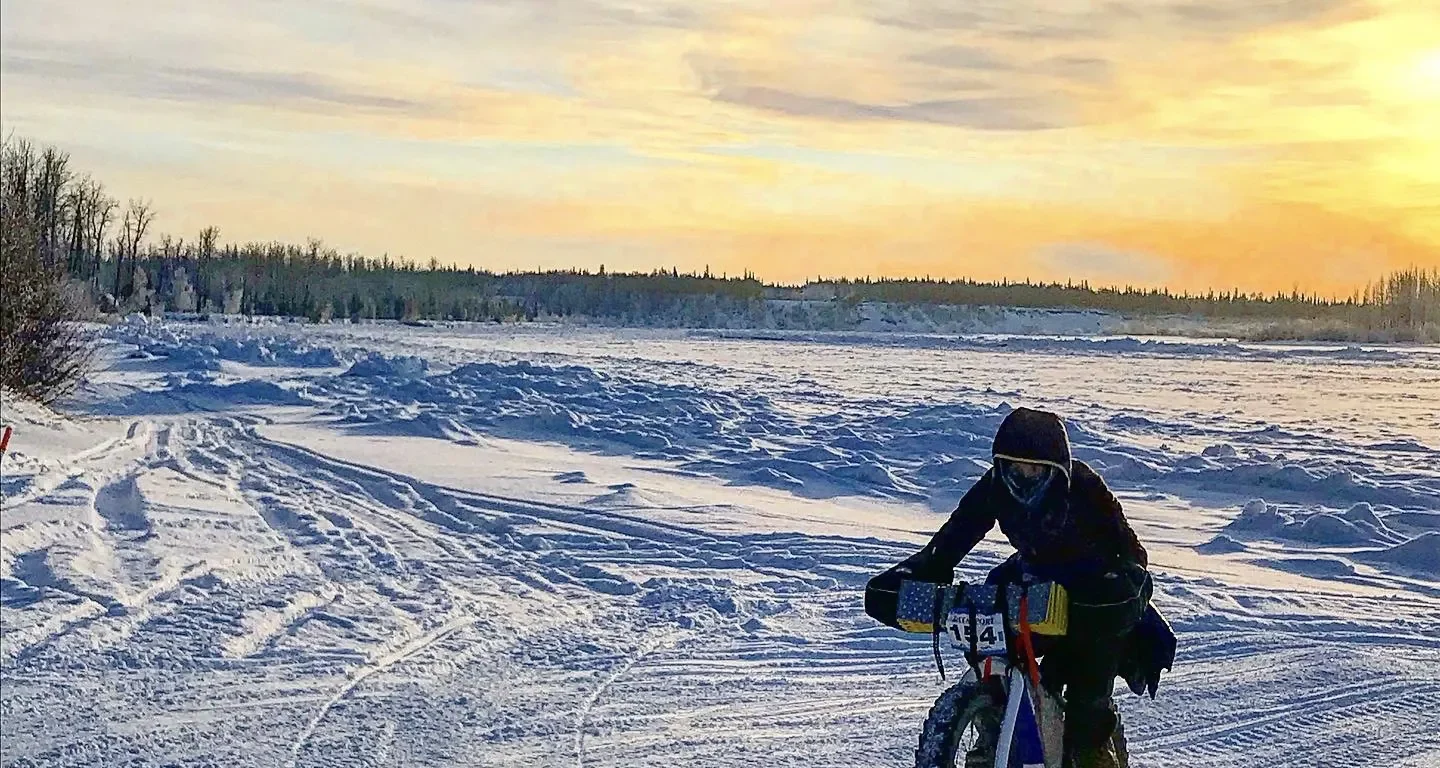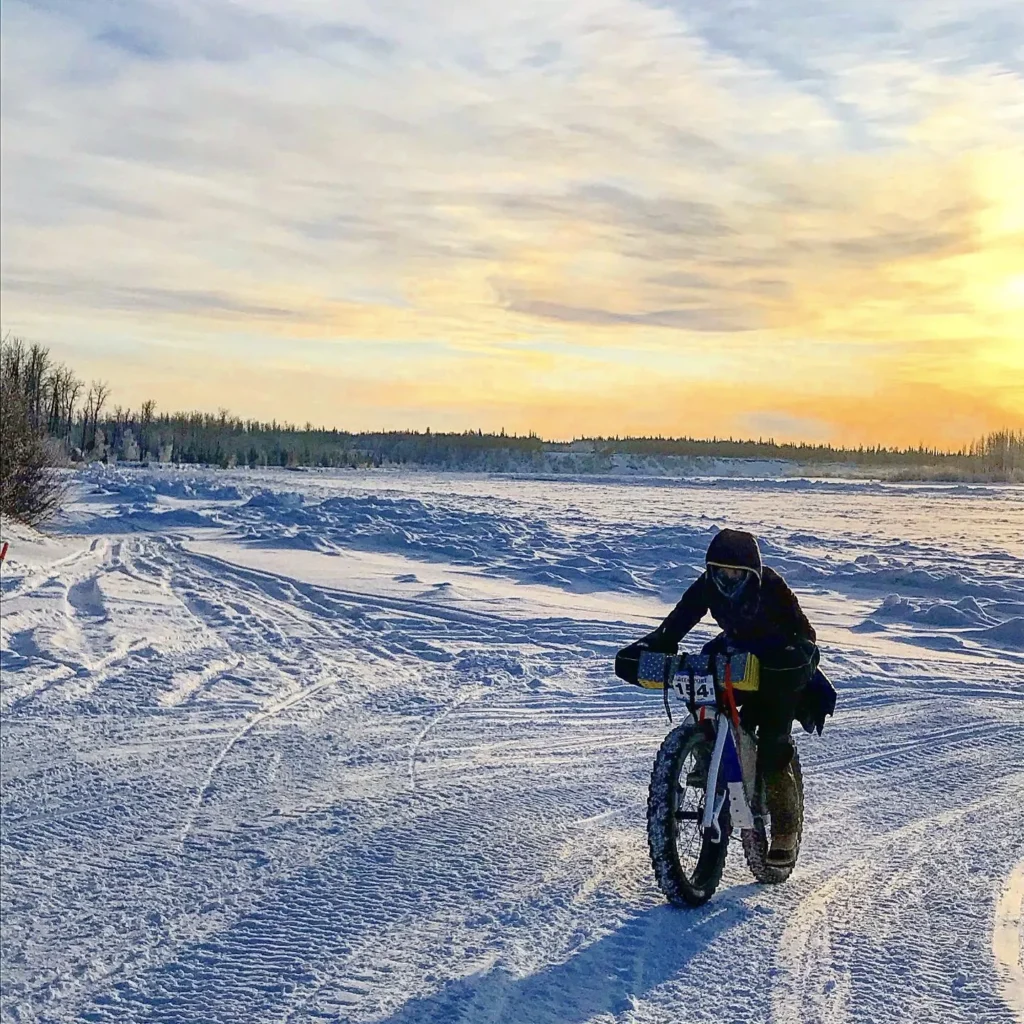
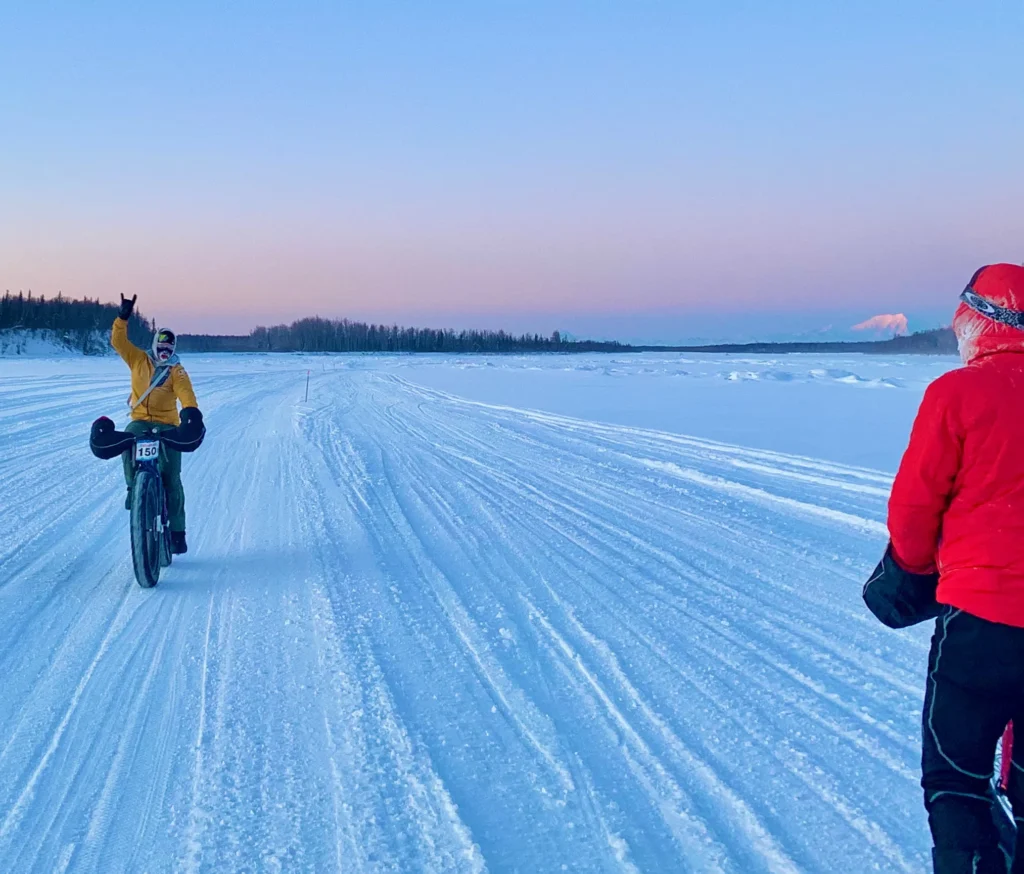
Words and images by Rachel Heath.
I’m standing at my desk scrolling through a social media platform, mind dulled with boredom as the mundanity of routine life seeps into my cells. I see a drone image of a group of cyclists riding across a snow-covered trail. “A group ride!” I think to myself. I’ve been spending a lot of solo time on the bike these days, failing to convince my friends and acquaintances that a subzero bike ride is a good time. It has been a particularly cold weather pattern in Southcentral Alaska for the last six weeks, and I feel lonely in my continuous pursuit of pedaling in miserable conditions.
But alas, a group ride! I clink the link. Oh, never mind, it’s a race. I don’t race. I investigate further—there’s an option for a 25 mile course. “I can do 25 miles”, I think. So I sign up for my first race ever: a fat bike race in Alaska in subzero temperatures. Five days later I cross the finish line of the Frosty Bottom: a well-attended fat bike race in the heart of Anchorage, Alaska. Lucky for me, the race fell on a sunny and warm (-8º F) Saturday morning. My years of experience backcountry skiing, ice climbing, and pursuing other cold-weather suffer-inducing sports prepared me well for a frigid bicycle ride across town.
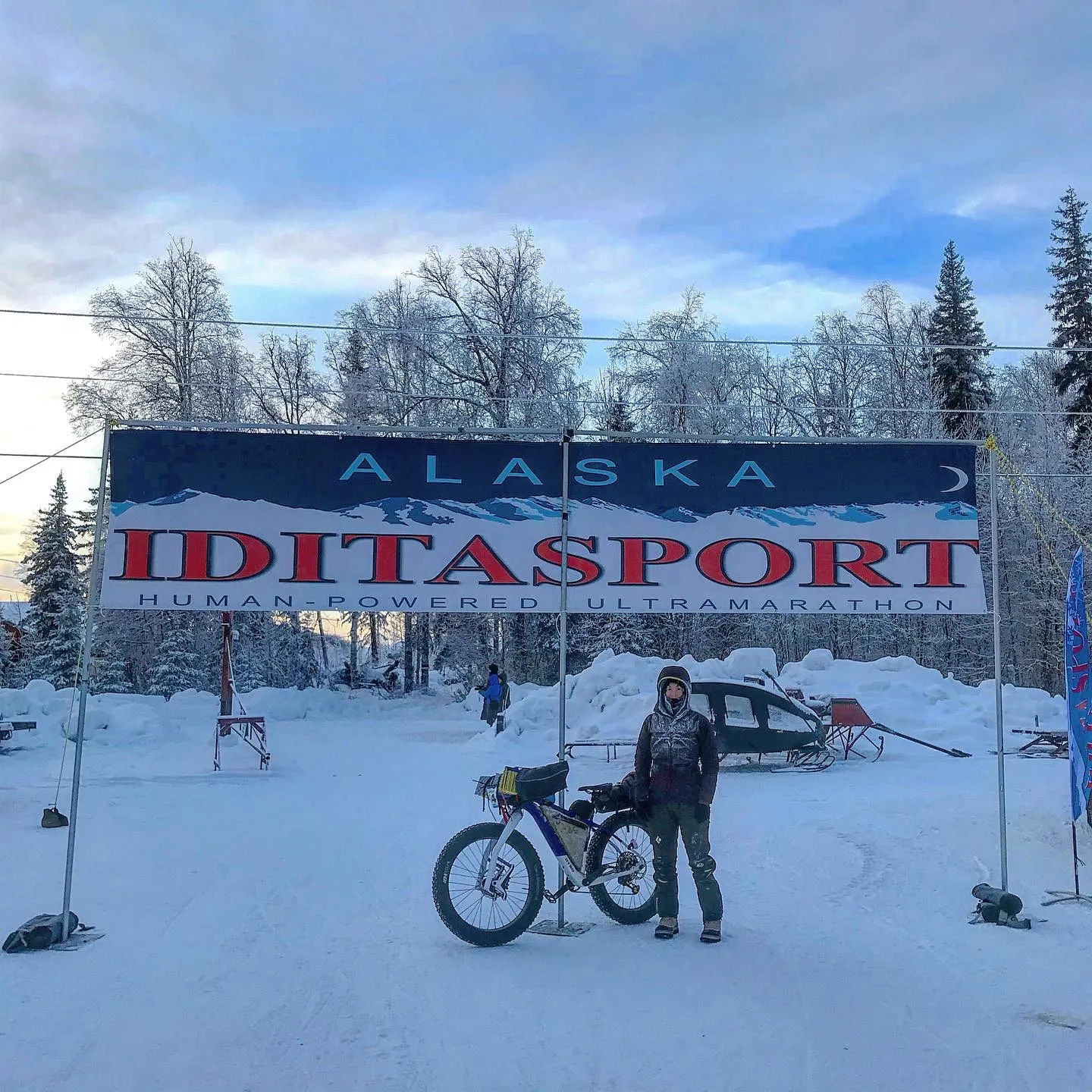
Now I’m just standing here, heavily mouth-breathing my own condensation with pale, frozen digits jammed deeply in expedition pogies full of hand warmers, pushing my bike on completely flat terrain to warm up my long-gone, Hothands-immersed toes. I liked the Frosty Bottom so much that I signed up for the next race—the Iditasport 2020: a true Alaskan winter human-powered adventure. The course is over twice as far and occurs in a more remote part of the already very isolated state of Alaska. The soft trail is ridden only by snowmobile and the occasional outdoor enthusiast. It is -26º F at the start. This is no Frosty Bottom.
The mostly controlled panic attack I’ve been having for the last two hours as the sun drops behind the birch and the temperature plummets to -35º F is requiring a high volume of fluid to sustain, but my hydration bladder hose froze two hours ago and it’s another hour to the checkpoint. There is no blood in my arms or legs, let alone my hands and feet. I push the Voytek around a frigid corner of the Yentna River as the lead female cyclist pedals by, “Good work! You’re almost there!” she shouts. A few miles later I round the corner to see a snowy hill, and atop it sits a brilliantly lit rustic backcountry lodge: the Yentna Station, the checkpoint. Appendage circulation is near…
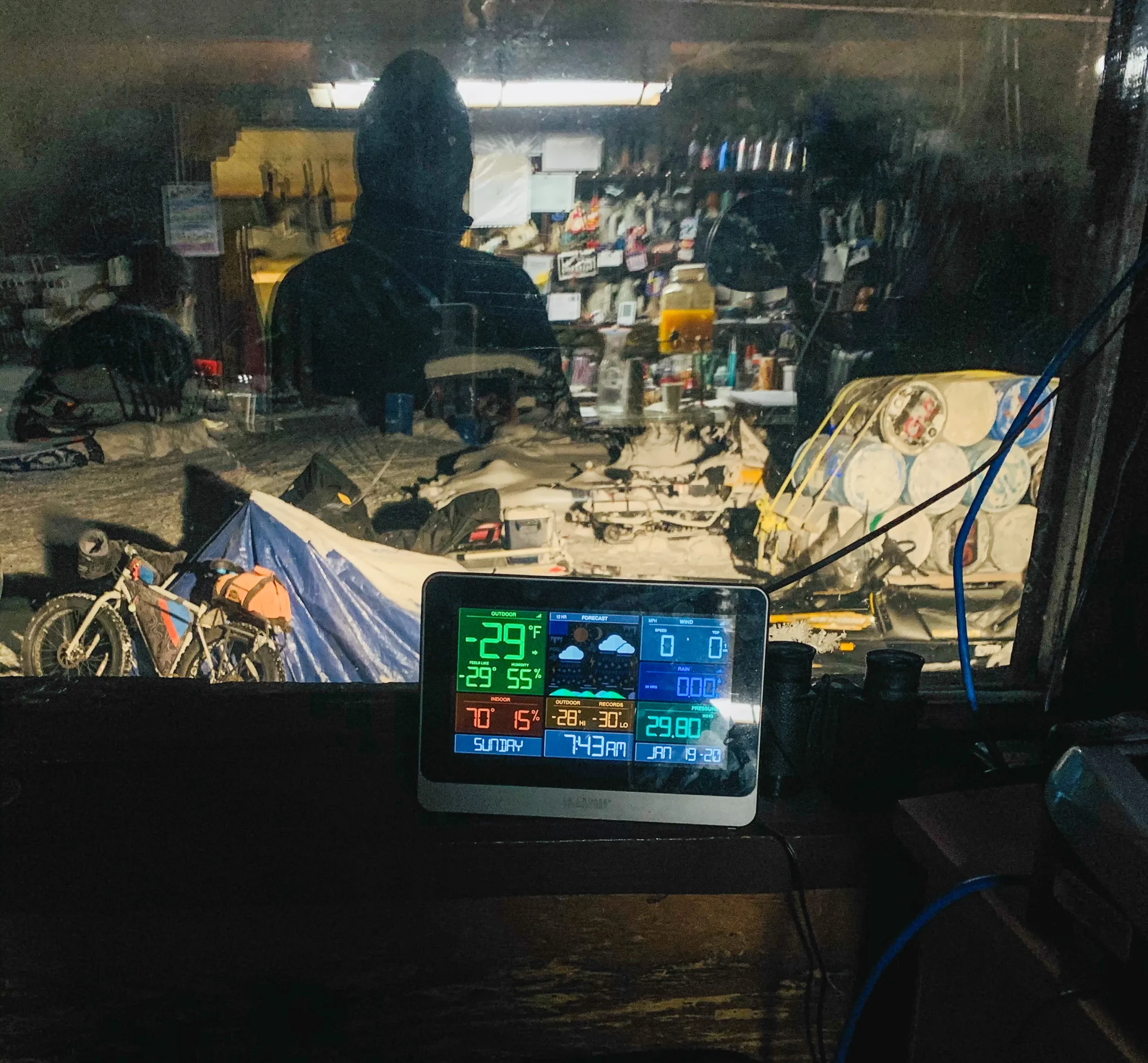
Several weeks earlier I had leveraged my contagious and somewhat misguided enthusiasm to encourage one of my close friends to join me at the Iditasport. Todd Fisher is a certified undercover Alaskan badass. He climbs ice and trad like no one his age (he’s 50), bikes hard in the summer and winter, and is a highly-skilled backcountry skier and mountaineer. He could flow through the route in one solid push, but I was too scared and too cold to continue through the night in the dangerous temperatures without an emergency shelter. Like the good friend that he is, he opted to delay his finish and stick with me until the next morning. Truth be told, neither one of us wanted to suffer that hard alone.
The following day, my core temperature falls to that of the ambient air in the warming tent as the shivers set in, and a fellow racer crawls beneath an emergency bivy, her teeth-chattering and bones shaking. I sprint to the water station in search of hot water and hot coffee for her, burning my bacon on the propane stove. Hot water and hot coffee delivered, I slam the bacon, two sandwiches and a sleeve of Oreos. The shivers subside, so I usher to the volunteer physician to examine my toes. A Boston-native with a personal interest in mountain biking, the doctor-on-duty flew all the way to Alaska to assist racers with life-and-limb threatening emergencies. He inspected my toes and cleared me to continue to the finish, which was only 16 miles away.
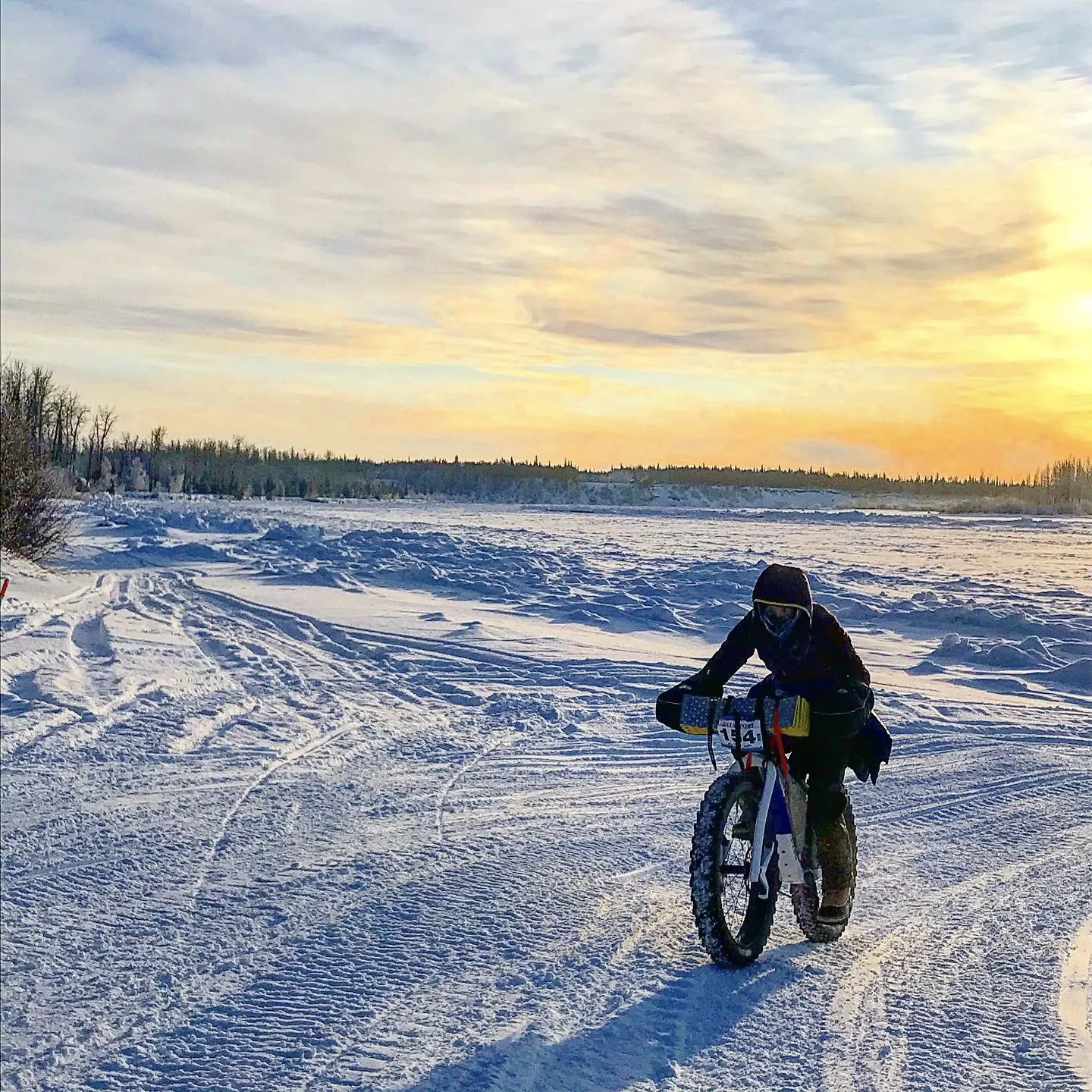
A few hours later, Todd is on my tail resisting the urge to push past. He knows I can’t keep up with him so he lets me pace us and slow us down to a crawl. Something about being in the cold (-25º F to -40º F) makes me tremendously sleepy. The desire to close my eyes kicks in so I slam a caffeine-infused Gu just in time as we push the last 10 miles to the finish. We complete the race in just over 27 hours. Admittedly, we spent many of those hours regaining feeling in our fingers and toes at aid stations and taking shelter in the Yentna Station. With a huge grin I bop excitedly into the lodge where the race began. We sit down for burgers: “THAT WAS FUN!” I squeal to Todd. He shakes his head and laughs, “you’re an odd duck, Rachel.”
I’ve said I couldn’t accomplish much without other people before, but this time is no joke. I stand on the shoulders of giants. When I shared my completion of this short and cold race, everyone congratulated me as if this was a great accomplishment. I am only a product of the hard work, creativity, and ingenuity of others: innovations from industry leaders in cycling and cycling equipment (@otsocycles, @revelatedesigns), time-tested gear and outerwear (@ibexwool, @patagonia, @arcteryx, @sorelfootwear), directors, coordinators, and volunteers of races (@arcticcycles), and countless friends and supporters who lent me an item, gave me a tip, or inspired me by their own accomplishments (@thingsk8sees, @clintonak907, @badandyinak1, @dirtydak, @grande1017, @carbon10speed, @amymdunville). I truly believe that I stand on the shoulders of giants.
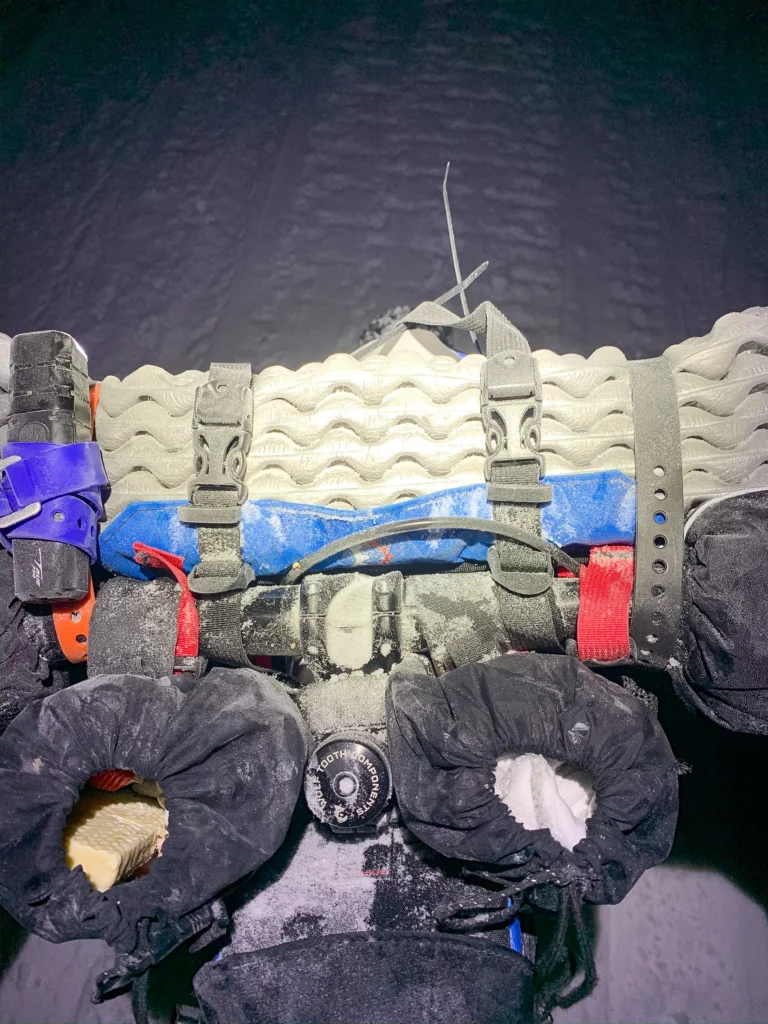
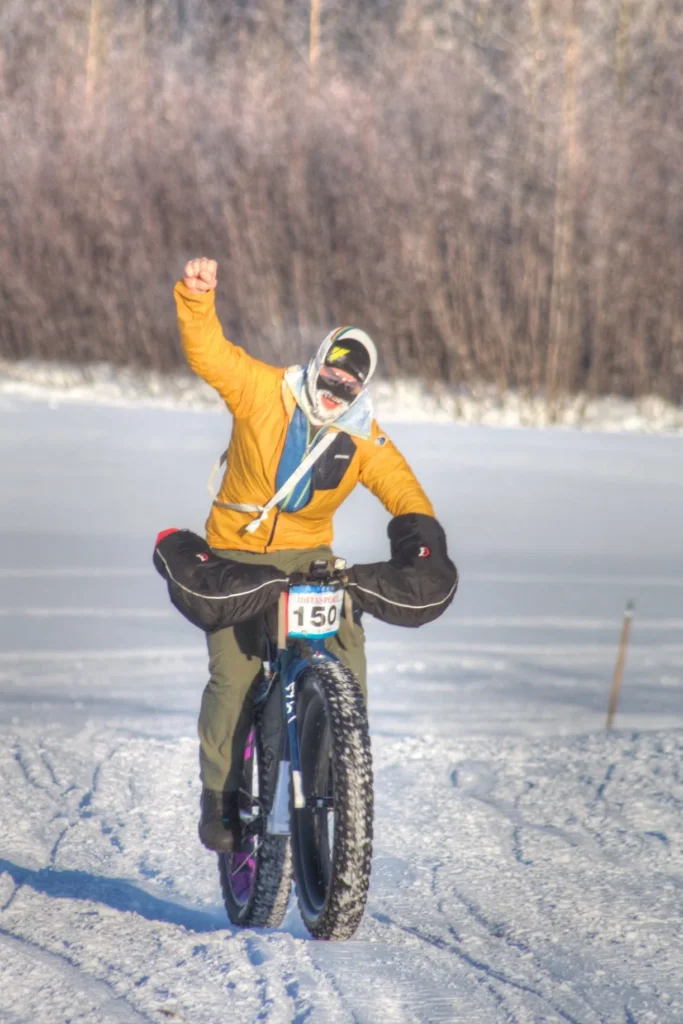
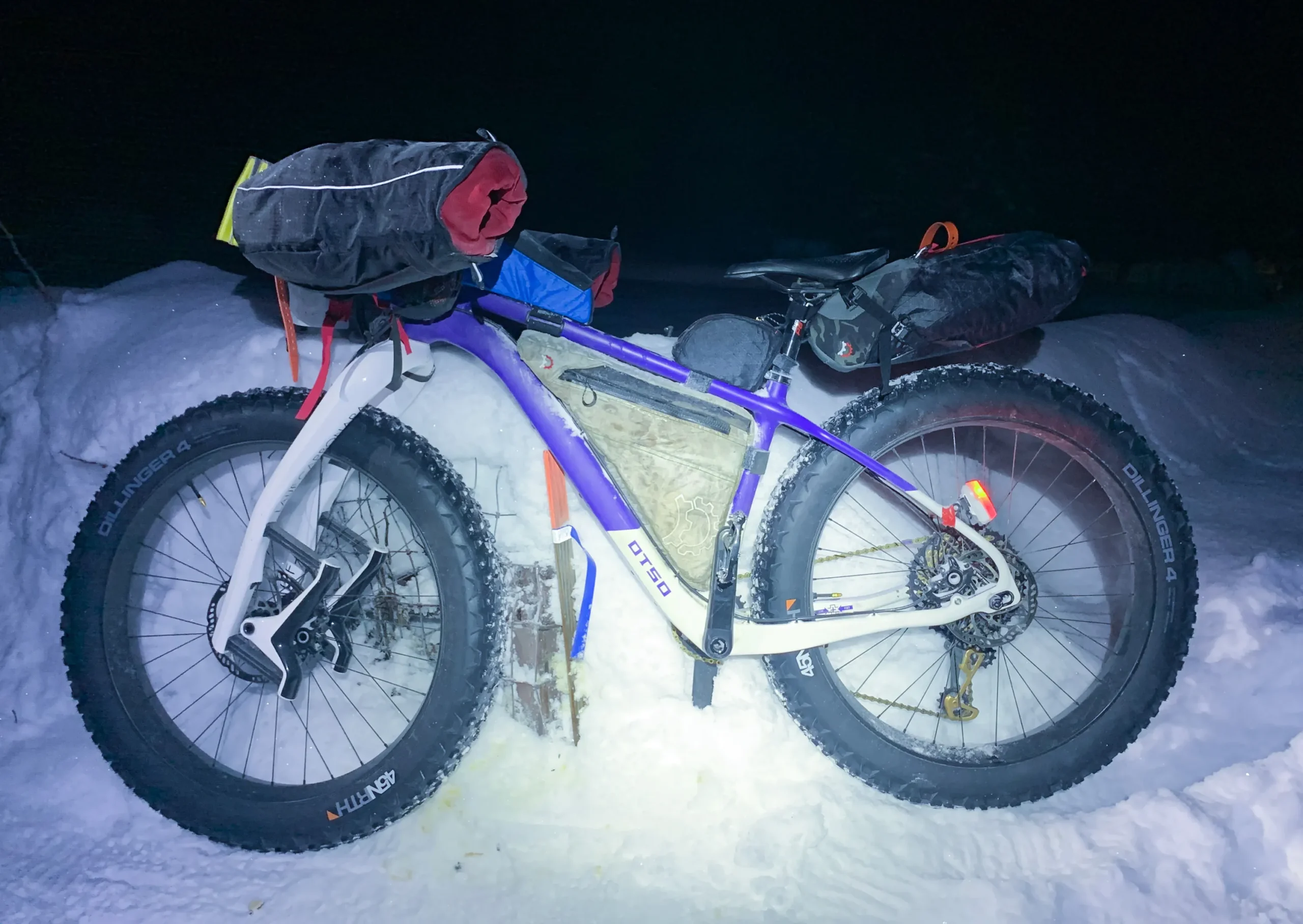
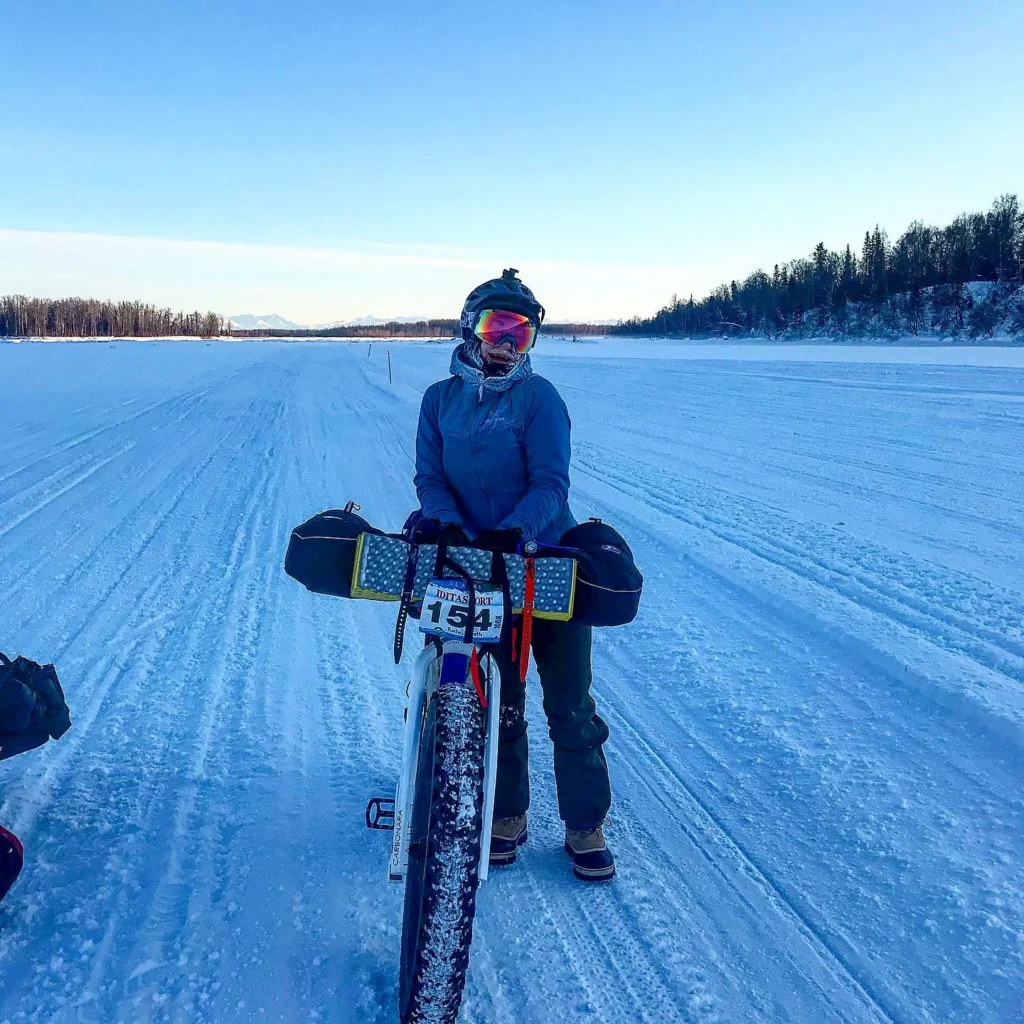
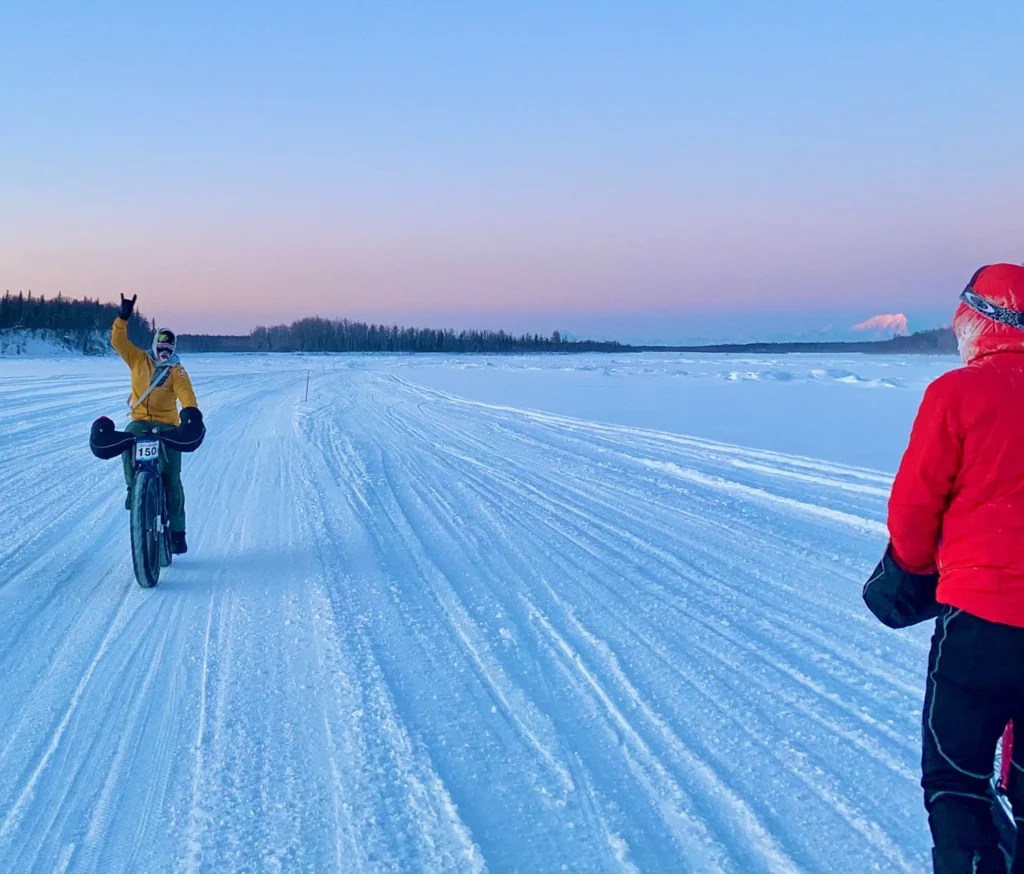
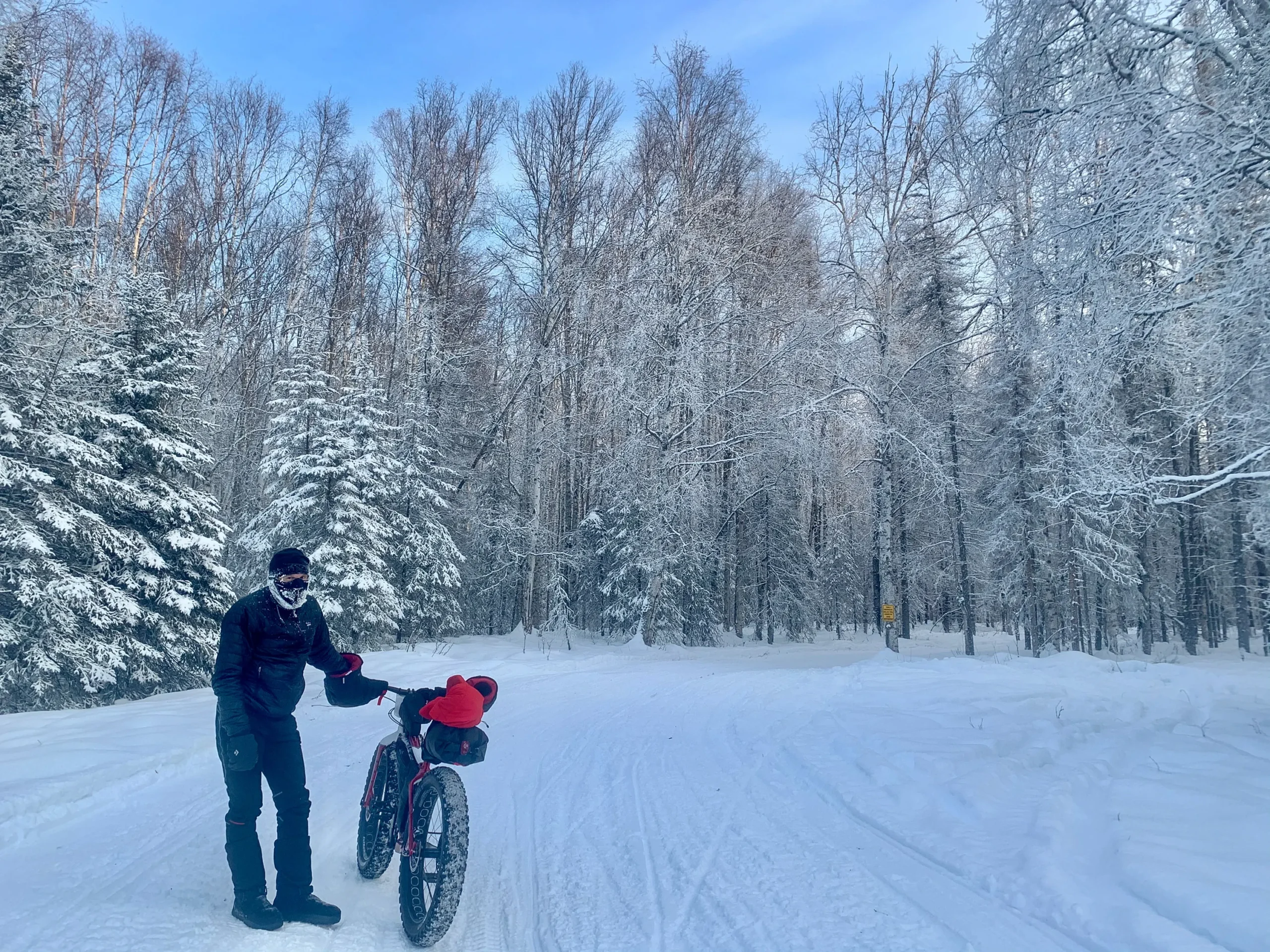
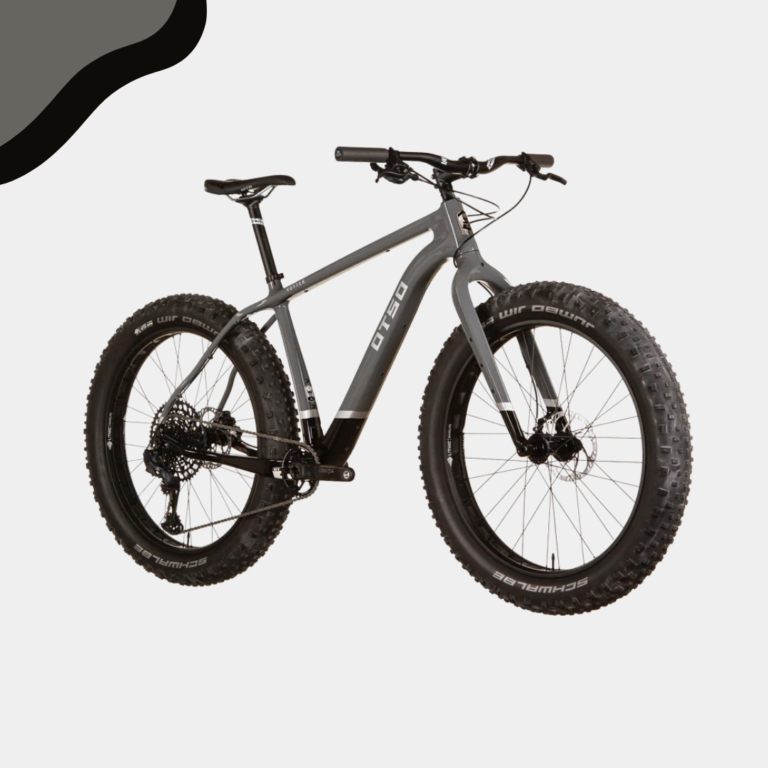
Voytek changes the fat bike game. We paired a narrow pedal stance—aka Q factor—with aggressive XC race geometry to build a fat bike that can intuitively handle both snowy trails and summer singletrack without sacrificing ride quality. So go ahead and race the Iditasport. Voytek is ready for all the miles ahead.




